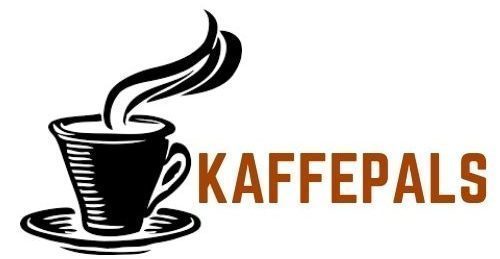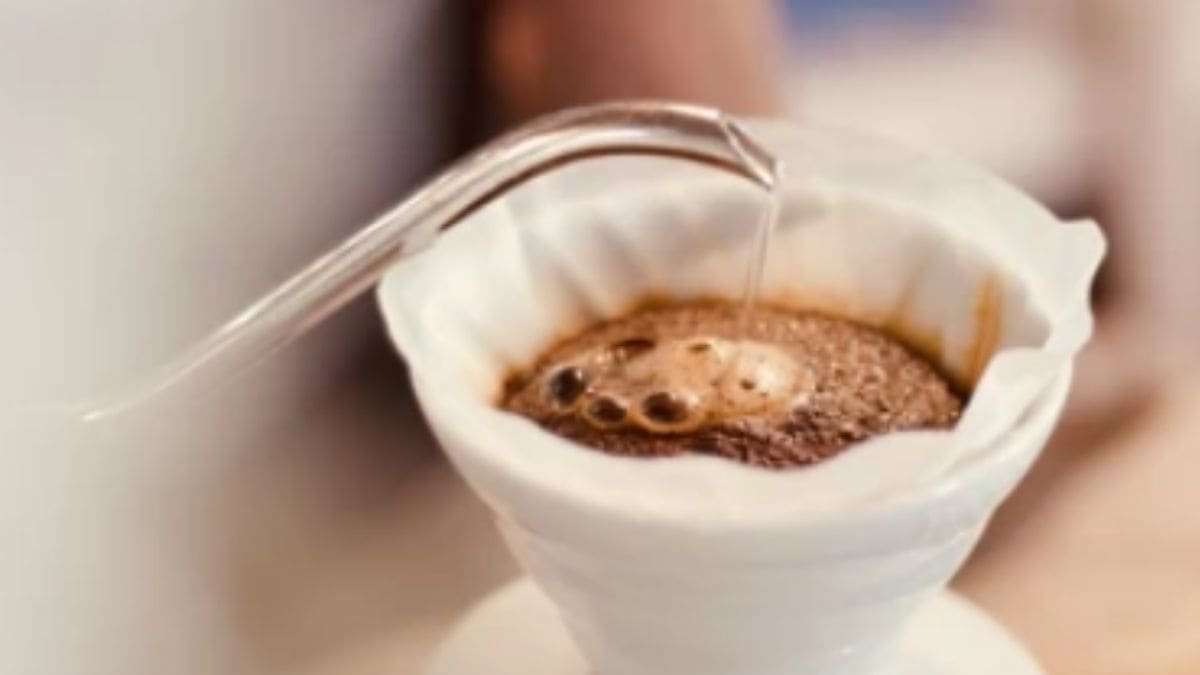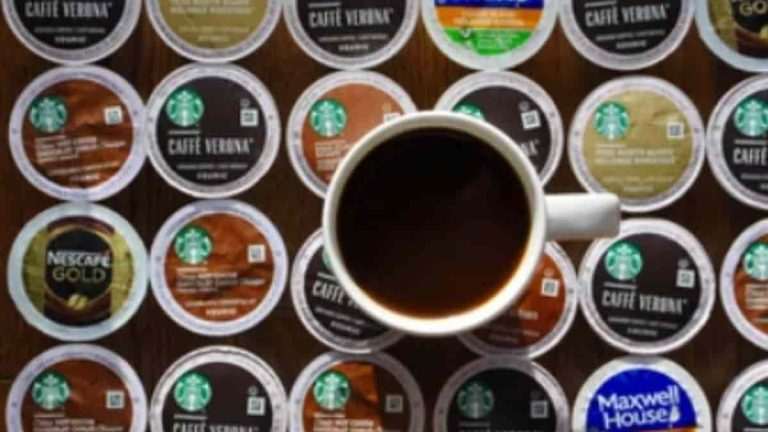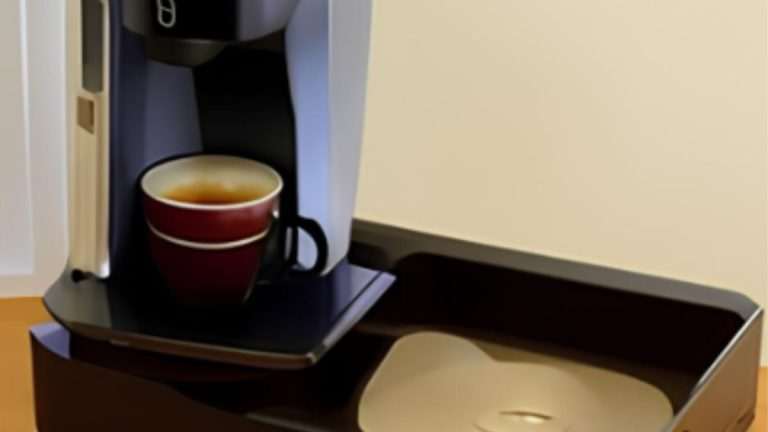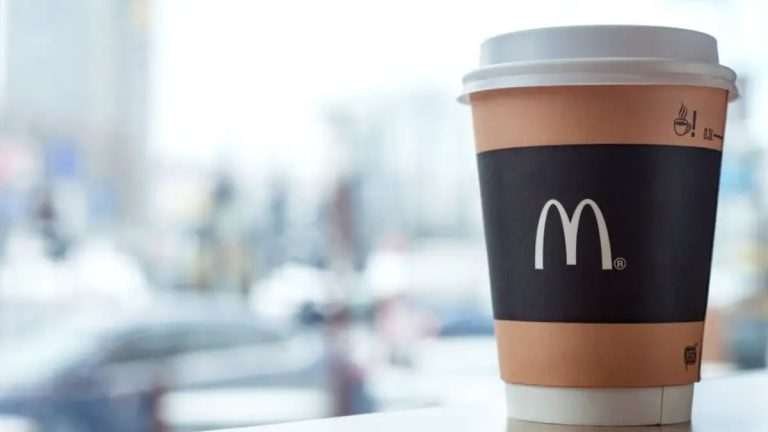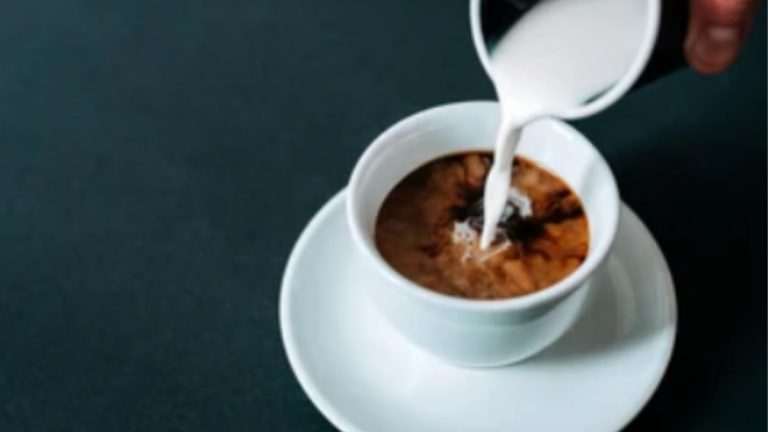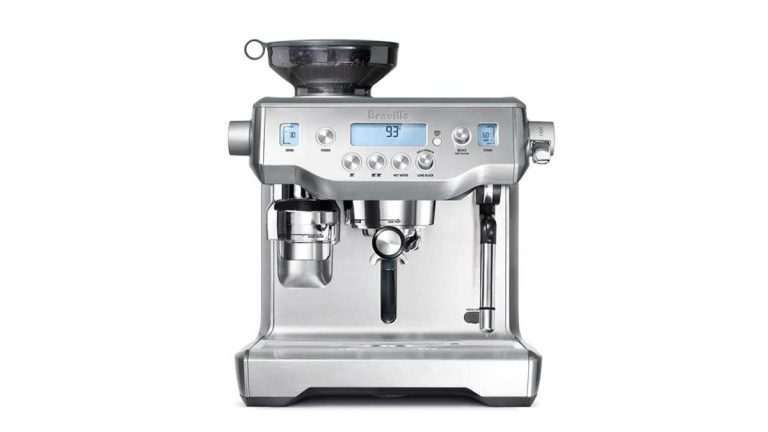What can I use as a coffee filter?
Many of us begin our days with a cup of much-needed coffee. We feel the warmth of the mug in our hands as we watch the steam rise from the cup. So What can you use as a coffee filter?
Introduction
Most people drink a lot of coffee, so you can guess that they go through a lot of paper filters as well. Because there are so many filters in a box, it’s easy to forget to buy more when you run out. We take a sip of the nutty, slightly bitter beverage and feel our brain rev up. The morning coffee habit is essential, but what happens when you run out of coffee filters? Is there such a thing as a coffee filter substitute?
Coffee filters are an easy item to forget to get when you’re on vacation, aside from running out at home. You won’t forget to buy coffee, and you’ll probably remember the creamer as well, but the filters always seem to escape your notice.
Although a pack of paper coffee filters is inexpensive, it’s difficult to rationalize traveling to the shop when you’re out of them. Luckily, there are a variety of alternatives to coffee filters that produce similar results.
How do you make coffee without a coffee filter?
Table of Contents
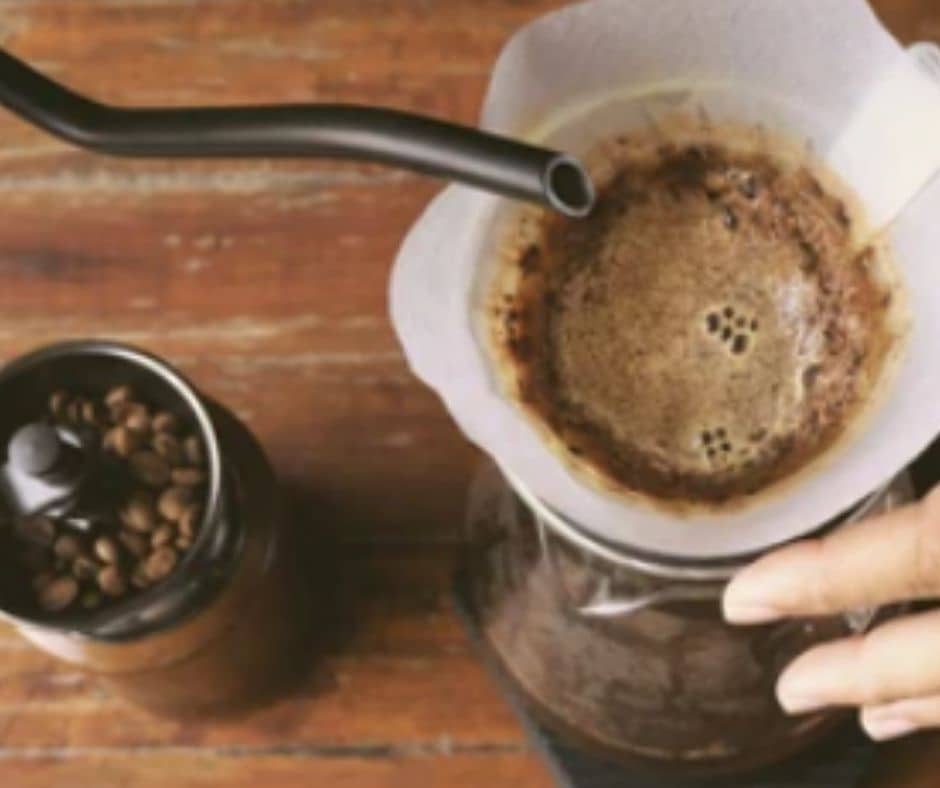
While paper towels are a wonderful coffee filter substitute, if you run out of coffee filters and don’t have any on hand, there are several other fantastic coffee filter alternatives to consider. These are some of the coffee filter alternatives:
Coffee may be made without additional equipment by simply heating water on the stove and mixing it with ground beans.
1. Full Immersion technique – no need for a paper filter
If you don’t have any paper filters or a coffee maker, this complete immersion method is a terrific way to prepare coffee.
All you’ll need is a kitchen towel or cheesecloth, as well as a burner or electric kettle to heat some water.
This full-immersion approach allows you to prepare coffee without needing a coffee filter:
Heat water in a pot on the stove or in your electric kettle.
Extract from the heat when it begins to boil and set it aside to cool.
Fill a brewing pot with 2 heaping tablespoons of medium to coarsely ground coffee.
On top of your ground beans, pour 6 to 8 fl. oz. (170 ml. to 240 ml.) of the warm water.
Allow the mixture to settle for 4 minutes after stirring.
Cover your cup with a kitchen towel or a piece of double-layered cheesecloth.
In your cup, combine the coffee and water. The grinds will be filtered by the towel/cloth, and your cup will be filled with wonderful coffee.
Remove the paper filter, rinse it, and drink your coffee.
Anyway, you can start the brewing process by heating the water first, as it needs to cool for 40 seconds before being added to the ground beans. If you pour boiling water into a vessel containing ground coffee, the flavor may be ruined.
Instead of a coffee filter, you can use a clean kitchen dish towel (or even a sock) if you don’t have any.
2. Cold-brew coffee
Without using coffee filters or a machine, you may create cold brew coffee.
This cold brew recipe is ideal for folks who don’t have access to a coffee machine or are out of filters and want to create a cup of iced coffee.
It necessitates using a filtering medium such as a towel or a double-layered piece of cheesecloth.
If you don’t have a coffee maker or a filter, you can create iced coffee by:
Fill a jar halfway with 2.9 oz. or 83 grams of ground coffee.
500 milliliters (16 fl. oz.) of water; this is a 1:6 coffee-to-water ratio that yields a robust and flavorful cold brew concentration.
Although brewing ratios are measured in grams rather than volume, you can still use the 1:6 rule if you don’t have a coffee scale. Add 6 cups of water to every cup of ground coffee, for example. It’s preferable to be exact and weigh the ground beans with a scale, but I understand if you don’t have one.
With a spoon, stir the mixture.
Refrigerate the jar for 7 to 12 hours after sealing it. I used to steep my cold brew coffee for longer periods, but I’ve discovered that you don’t need to steep the coffee grounds for 24 hours to create an excellent cold brew.
On top of the pitcher into which you’ll pour your cold brew coffee, place a kitchen towel or a piece of double-layered cheesecloth.
Fill the vessel halfway with coffee. The towel/cloth will operate as a filter, separating the grounds from the extracted coffee.
Pour your cold brew coffee over the ice cubes in your cup.
Water or milk can be used to dilute the cold brew concentrate. You can prepare a 1:1 concentrate-to-water mix or a 1:2 concentrate-to-water ratio if you want it less concentrated.
The rest of your cold brew can be stored in the fridge for up to 10 or 14 days after it’s been prepared.
A warm and excellent cup of Joe can also be made by diluting cold brew concentrate with hot water.
Can I use a paper towel instead of a coffee filter?
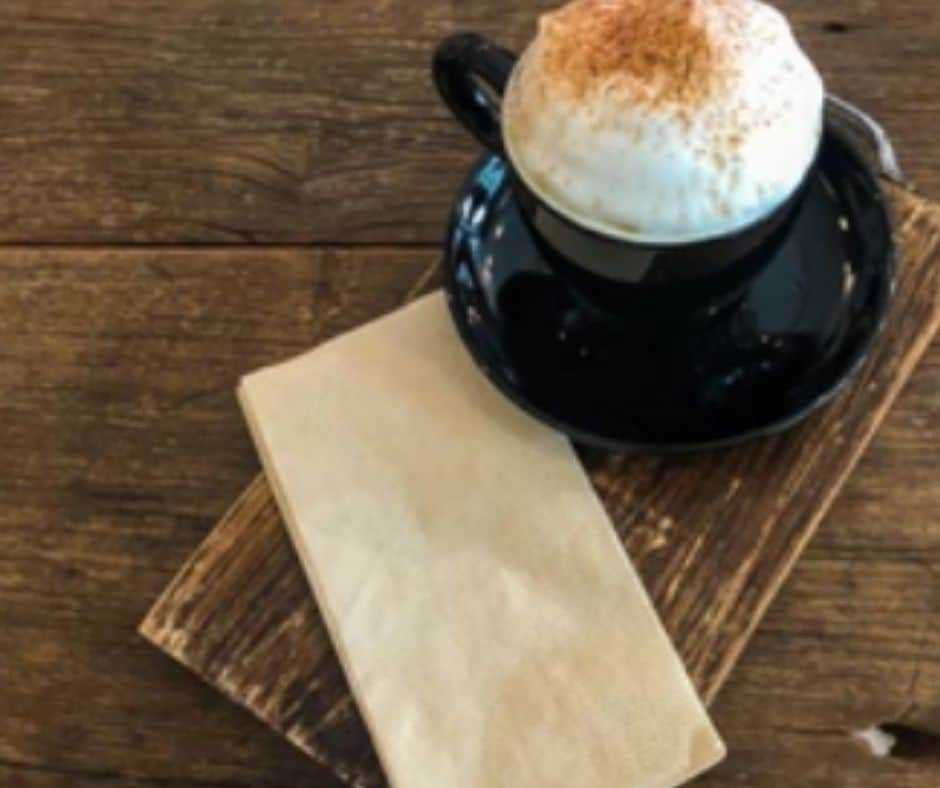
Yes, you certainly can. You can try your old college roommate’s method for a quick fix if you run out of coffee filters and you desperately need your morning fix. You might be wondering if you’re doing the right thing as you place that paper towel in the filter cup.
What about the paper towel’s chemicals? Will they contaminate your coffee? Is it possible that this method is harmful to your health? Let’s have a look.
Paper towels and coffee filters have a lot in common. There are minimal distinctions between the two, except thickness and absorption capabilities. However, you are mistaken if you believe that paper is only made of wood pulp.
Can we use tissue paper instead of filter paper?
Toilet paper works well as a substitute for coffee filters if you don’t have any at home. It can fit in the cup and is easier to form than napkins. It permits the coffee to pass through it faster than a paper towel.
Is it bad to make coffee without a filter?
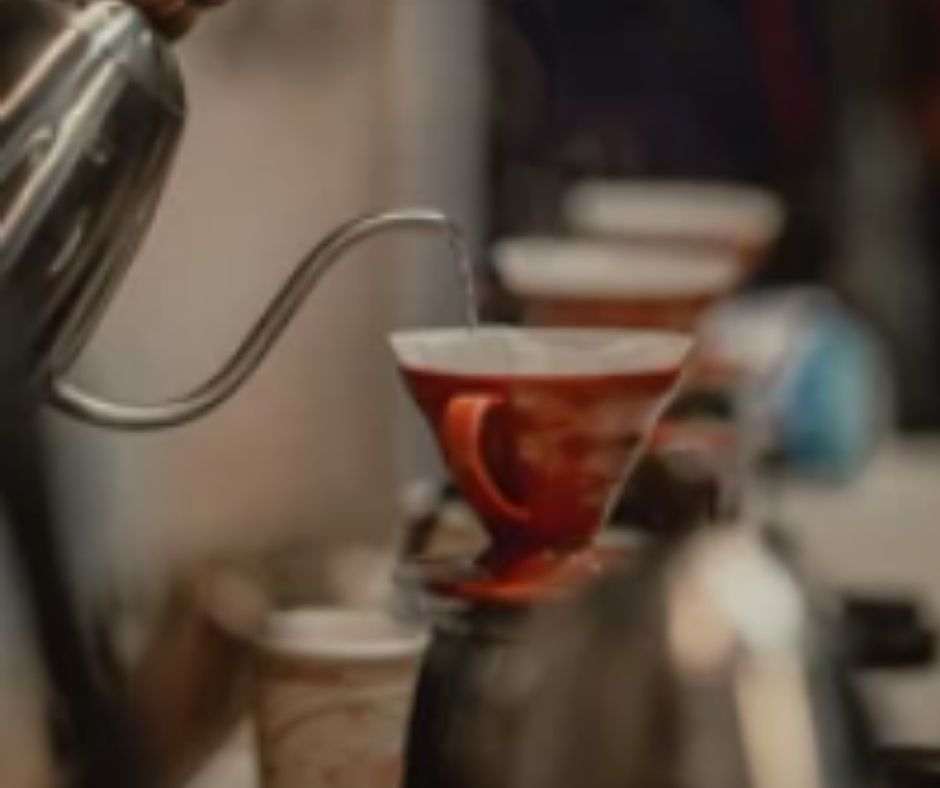
The popular technique of preparing ground coffee these days is by using coffee makers or the pour-over method, both of which need a filter. People used to boil coffee in a pan and drink the water and grind afterward, back when filters weren’t as common as they are now (as in the instance of coffee makers).
Except for a small percentage of the population, drinking ground coffee without filtering is not damaging to your health in the majority of circumstances. Ground coffee is recognized as the best for eating (not drinking).
Can I use cupcake liners for coffee filters?
Cupcake liners made of coffee filters do not work. The batter will drip through the filter and onto the baking sheet.
Coffee filters are made of coarse paper with long interior fibers; thus, this works. Coffee grinds and other solid things cannot travel through the fibers, but water and other liquids can.
When you pour cupcake batter into a coffee filter, it will gently soak through. The batter will not filter through fully because it is considerably thicker than coffee, but it will certainly make a tremendous mess.
4 Clever & Inexpensive Coffee Filter Substitutes:
- A Towel of Paper
Paper towel is a simple but divisive choice for filtering coffee that most of us have at home. Fold a full-size sheet of paper towel in half, then fold it in half again to make a coffee filter.
Form a small pouch (with the edges higher than the center) to hold the beans with this option and the majority of the options below.
If you’re going to use a paper towel, make sure it’s plain, meaning it hasn’t been treated with chemicals. Chemicals leaching into your coffee is the last thing you want. When paper towels are exposed to hot water, they have the potential to break down, so keep that in mind as well.
- A Sieve with a Fine Mesh
How to go about it:
- In the base of a glass measuring cup, put 2 teaspoons of coffee (or a similar container).
- Pour about a cup of hot but not quite boiling water over the grounds, stir once, and set aside for about 5 minutes (or less or more, depending on how strong you like your coffee).
- Pour the coffee into a mug through a fine-mesh sieve; if you want to ensure that as few coffee grounds as possible pass through the sieve, place a piece of cheesecloth over it.
Pros: Another method that does not necessitate the disposal of anything! It’s also very scalable—you could use it to make an entire pot of coffee. You can modify the strength of the coffee and the length of time the grinds soak according to your tastes. And, surprise, surprise, it tastes very delicious! This is also the simplest method of brewing coffee.
Cons: The sieve misses the finest coffee grounds, and you may not have a fine-mesh sieve on hand.
This resulted in a cup of coffee that was extremely tasty (and strong). One wouldn’t say it’s a compelling reason to abandon coffee filters entirely, but it’s preferable to no coffee at all.
- A piece of cloth or dish towel that is clean
A handkerchief, or other fine cloth, can be used as a coffee filter if you have one lying around the house. If you’re using any type of cloth as a filter, all you have to do is cut out a square or two that’s roughly the proper size to make a pouch for the beans.
This option is similar to the wire mesh filter; however, it is constructed of cloth instead of wire mesh. Some believe it makes a better cup of coffee than a wire mesh filter, while others complain that it’s more difficult to clean.
It is reusable in any way, making it a wonderful alternative to paper filters.
How to go about it:
- Choose a spotless dish towel or a cloth napkin.
- Consider how you’d feel if the coffee had soiled that particular material, and make your decision accordingly.
- Put 2 tablespoons of ground coffee in a pour-over or automated drip basket (or use a rubber band to hold it to the mouth of the mug, allowing it to droop slightly into the cup), and slowly pour roughly a cup of not-quite-boiling water over the grounds.
- After the water has passed through, remove the grounds-filled towel with care and rinse.
Pros: You almost certainly have a clean towel somewhere in your house, and it’s also highly environmentally friendly. You don’t need a pour-over or drip basket to use it. It contains even very small particles, just like the paper towel.
Cons: When using a rubber band instead of a piece of equipment, the filter’s “bowl” is rather shallow, and it still dangles in the coffee. Another issue is the possibility of staining the cloth.
But the real kicker was that the coffee-soaked my fabric napkin poured down the side of the mug, producing a pool on all sides. In addition, the resulting coffee tasted like laundry detergent (even though we use odorless!).
No, without a doubt. However, We’ve heard of people having luck with cloth coffee filters.
- Cheesecloth
Cheesecloth is a versatile fabric commonly used to separate liquids when producing cheese from milk, but it also has a variety of other filtration applications. You can brew your morning coffee if you have cheesecloth on hand.
Pour your coffee grounds into a measuring cup. You’ll need granules that are medium-coarse to medium-sized. Place the cheesecloth over a glass dispenser and place the grounds in it. Slowly pour boiling water over the grinds, adding more as the liquid seeps through the cheesecloth.
Cheesecloth works well as a homemade coffee filter, sifting out the grounds and giving you that extra boost in the morning.
How to Make It: Fold a square piece of cheesecloth several times. It might need to be cut down to fit in your coffee maker basket. The finer the cheesecloth’s weave, the better. Add the coffee grounds and brew as usual.
Pros
- Easy to locate
- Low level of preparation
- Inexpensive
- There are no grounds in your coffee.
- Material that is safe to eat
Cons
- There’s a chance you don’t have any cheesecloth on hand.
- Cheesecloth with a large weave may leave grinds in your coffee.
- Tea Bags That Can Be Used Again
How to do it: If you’re a tea enthusiast, you might already have a stash of reusable tea bags in your kitchen. It turns out you can use them to steep your coffee as well (coffee company Kahawa 1893 makes single-serve coffee bags designed this way). To make it at home, put 1 to 2 tablespoons of finely ground coffee in a reusable tea bag, seal it, and place it in a mug with just-below-boiling water to steep for a few minutes. Discard the “tea” bag, and there you have it: freshly brewed coffee.
Pros: This approach is very mess-free, and it also results in a small number of coffee grounds in your cup. You shouldn’t have to worry about any chemicals getting into your coffee because you’re already using a food-safe material (like you might with paper towels).
Cons: You might not have reusable tea bags on hand (especially if you don’t drink loose tea very often), making this option a no-go.
Is it something we’d recommend? Yes, especially because of its ease and simplicity. While it won’t make a cup of coffee as tasty as a French press or pour-over drip coffee, it will fulfill a caffeine craving in a pinch.
Conclusion
You have more than enough options to use instead of coffee filters, whether you ran out, forgot to buy more while on vacation, or simply don’t want to spend the money to buy more.
Before you get in your car for an unneeded drive to the shop the next time you find yourself in this predicament, try one of the suggestions above for a delicious cup of filtered coffee.
You can now prepare a backup plan for the future, regardless of whatever coffee filter substitute you used in your crisis.
Don’t worry if you don’t have any coffee filters the next time you wake up. For ages, people prepared coffee without filters, coffee pots, or other modern conveniences. If you follow any of the above tips, your morning will undoubtedly be enjoyable and coffee-filled.
When you run out of coffee filters, it’s always a good idea to explore alternatives. It would be beneficial if you did not allow the absence of coffee filters to prevent you from making your favorite beverage. You may always make a coffee filter out of a paper towel to filter your coffee to perfection.
